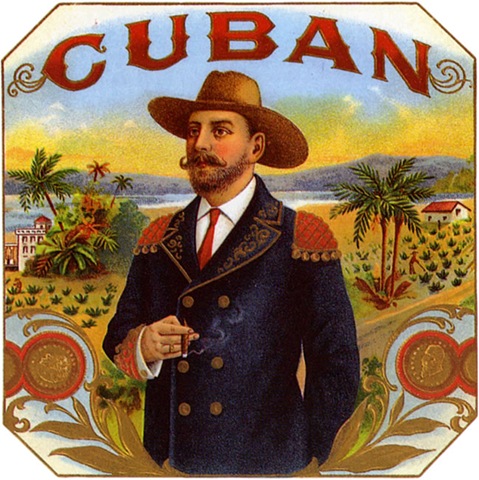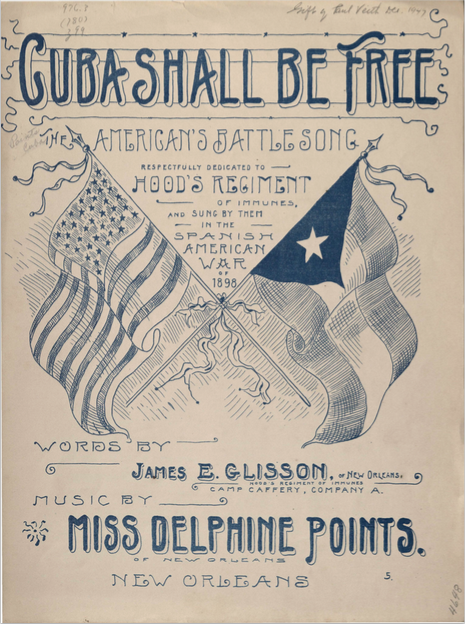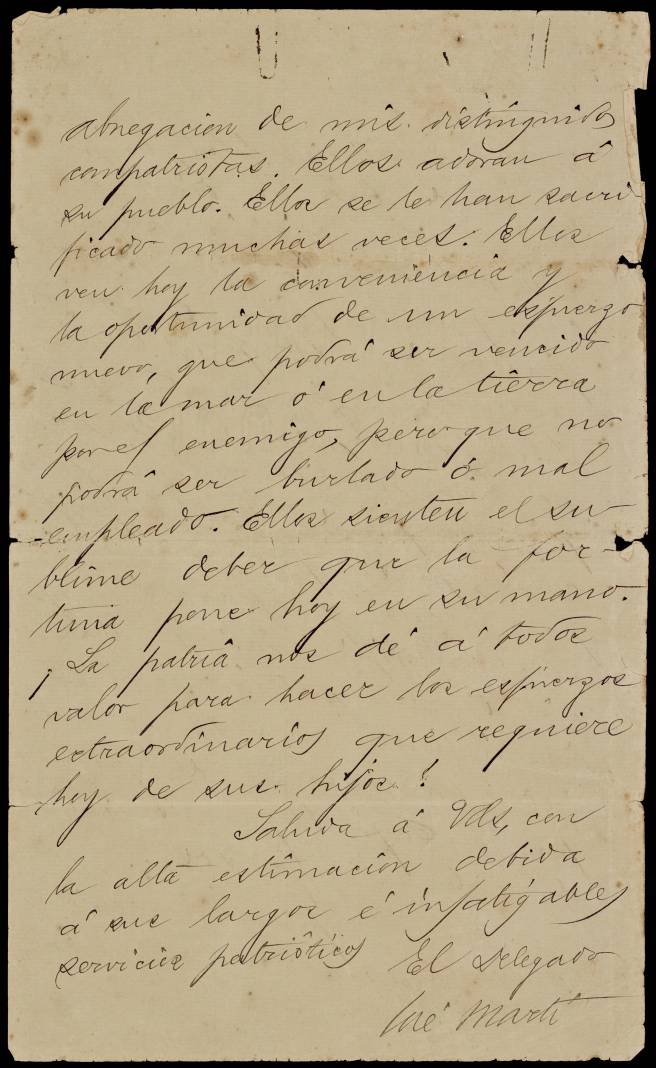“Found At Sea: Jose Marti’s 11-Day Odyssey & Cuba’s War of Independence”
This article describes Marti’s trip to Cuba from the Dominican Republic in April 1895. He and 5 other Cuban revolutionaries had grand ideas of inspiring the Cuban revolution when they landed on the coast in their row boat. The author describe the intentions behind the trip, the actual trip, and the results of the expedition.
Author: Paul F. Braun
Braun is a Ph.D in the College of Journalism at the University of Florida. He conducts research focused on the seamless integration of journalism into fiction writing. He has concentrations in Florida history, Cuban history, and Caribbean literature and culture.
The information is presented chronologically, from before the expedition to their arrival in Cuba and the aftermath of their revolution. The author sites many, many sources throughout, including history books, biographies, personal experience, and Spanish and English articles and literature.
Braun, Paul F. “Found At Sea: José Martí’s 11-Day Odyssey And Cuba’s War Of Independence.” Historian74.3 (2012): 495-527. Academic Search Complete. Web. 4 Nov. 2016.
“Our America”
Jose Martí’s address outlines his hopes for the new nation of Cuba. His revolutionary ideals are reflected through his use of metaphors to represent Cuba, the predatory United States trying to annex Cuba, and the groups of people within Cuba itself. He introduces his hopes of Cuba becoming a new, independent, unique, and well-functioning nation. The address also includes analyses of other nation’s government systems, and the flaws in them and benefits he would like to adopt for Cuba.
Author: Jose Marti
Marti was a poet, journalist, speech writer, and book writer. This piece was published in “El Partido Liberal” in Mexico City on March 5, 1892.
Marti does not cite other sources, as the information in the address is his own ideas, thoughts, and hopes.
“Our America” is organized thematically, beginning by describing the people of Cuba and ending with his revolutionary ideas for the country.
Marti, Jose. “Our America.” Jose Marti’s Essay:. N.p., n.d. Web. 04 Nov. 2016.
“The Parallel Worlds of Jose Marti”
The purpose of this article is describe Marti’s view on the relationship between “his America”, which includes South and Latin America, and “other America”, which is the United States. His view of New York as a world epicenter of ideas and events is described in detail. Additionally, a comparison is drawn between Marti and Ralph Waldo Emerson. Stylistically and ideologically they shared many traits.
Author: Paul Giles
Giles is a non-fiction author, exploring the history of the United States and Europe and writing critical analyses of past events and important historical figures.
The article is organized thematically, beginning with Marti’s arrival to New York and first impressions, then working into his view of America as a whole, and ending with the comparison to Emerson.
Giles, Paul. “The Parallel Worlds of Jose Marti.” Radical History Review 89 (2004): 185-90. Duke University Press. Web. 4 Nov. 2016. <http://muse.jhu.edu.libezp.lib.lsu.edu/article/169486/pdf>.
Videos:
“José Martí: Una vida de ofrendas a Cuba, América y el mundo”
This video is a summary of all the inspiration and things Jose Marti offered to Cuba. It is a brief and accurate overview of the popular Cuban perspective of Marti.
“Tampa: Untold Stories with E.J. Salcines – Jose Marti”
This video shows Marti’s love for and connections to Tampa. While New York was Marti’s main location within the United States, Tampa was a Cuban hub and a home to Marti. Both cities helped develop his vision and opinion of the United States.






